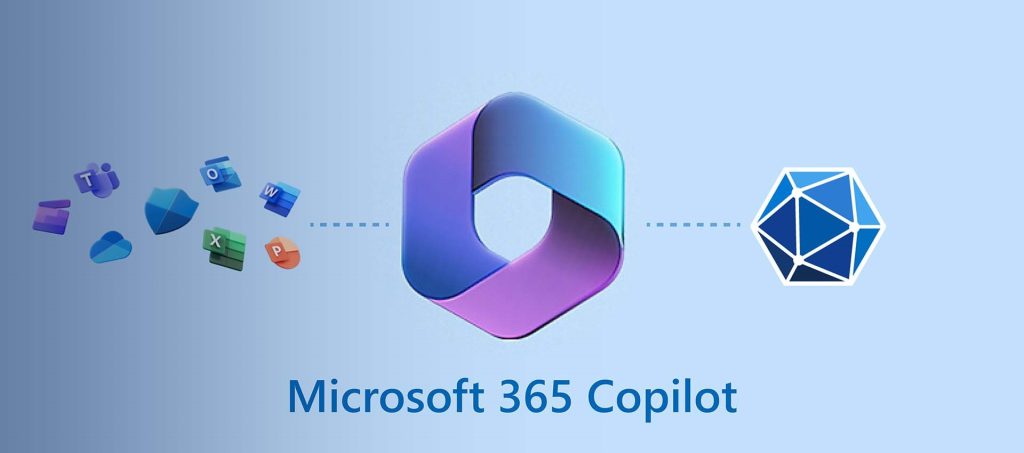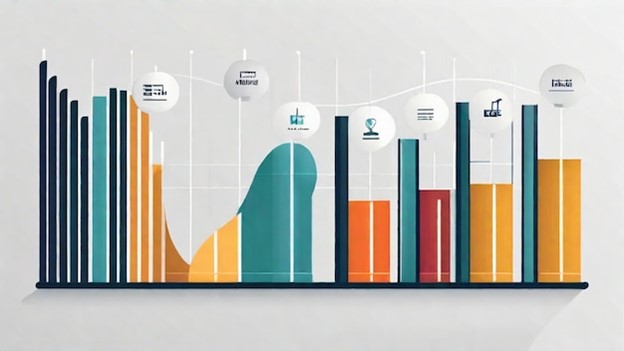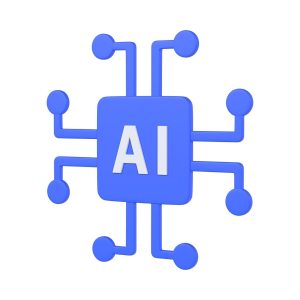Data has become the lifeblood of every organization. One must have seen firsthand the profound impact the Gap between data and decision-making. It’s not just about having access to vast quantities of data; it’s about being able to interpret and use that data to make informed decisions effectively.
Data provides insights and evidence, allowing us to make decisions based on facts rather than assumptions or gut feelings. It provides a clear view of what’s happening within the business, from customer behaviors to operational efficiencies, enabling us to identify trends, spot and grab opportunities and mitigate risks.
However, it’s not enough to have data; it must be accurate, relevant, timely and above all, it should be generated through reliable processes and sources. The quality of data directly impacts the quality of the decisions. Therefore, data governance, data quality management, and data literacy are crucial in ensuring that the data is reliable and actionable.
Understanding the Gap between Data and Decision-Making
Despite the critical importance of data, many organizations have struggled to bridge the gap between data and decision-making effectively. This gap arises from a multitude of factors, including poor data quality through below-par processes or systems where data is generated or compiled, lack of data literacy, and a disconnect between data analysts and decision-makers.
Poor data quality results in unreliable insights, leading to poor decisions. Lack of data literacy means that decision-makers might not understand the data presented to them or might misinterpret it. When there’s a disconnect between analysts and decision-makers, critical insights might not reach the people who need them, or they might be communicated in a way that’s not easily understood.
Moreover, the sheer volume and complexity of data can be overwhelming. It’s easy to get lost in the sea of data and lose sight of the actionable insights. It’s also challenging to determine which data is relevant and which is not, especially when dealing with big data.
Steps to Effectively Bridge the Gap
Bridging the gap between data and decision-making is no small feat but achievable. Here are the steps that might help;
First, define data quality: data governance and data quality management processes to ensure that data is accurate, complete, timely and well-mapped. Data quality tools can be used to automate data structuring, cleansing and validation to strengthen the data system and source.
Second, Data literacy; Investment in data literacy training for the decision-makers to understand and interpret data. A culture of data curiosity should be encouraged, where questions and explorations are welcomed.
Third, facilitate communication and collaboration between data analysts and decision-makers. Shared language and understanding around data. Use of data visualization tools helps present the data in an understandable format.
How to Implement Data-Driven Decision-Making
Implementing data-driven decision-making is a strategic initiative that requires commitment and leadership.
Setting a clear vision for data-driven decision-making. Proper understanding and communication of the benefits it has for the organization and the vision to the employees and stakeholders.
Next, invest in the necessary resources like data infrastructure, tools, and talent. A Robust platform is required to collect, store, process, and analyze data. It needs to be well-interpreted to get actionable insights for decision-making.
Finally, establish a data-driven culture. Encourage employees to use data in their day-to-day work. Recognize and reward the use of data in decision-making. Make data accessible and understandable to all.
The Role of an Executive in Data-Driven Decision Making
Executives play a crucial role in data-driven decision-making. They are the champions of data within the organization. They set the vision and pace, provide the resources, and lead by example.
Their role is to ensure that the organization is aligned with the vision of data-driven decision-making. They need to communicate the value of data and the importance of using data in decision-making. They have to inspire and motivate employees to embrace data.
Furthermore, They need to lead by example by using data in decision-making and by showing the team how data can be used to make better decisions.
How to Create a Data-Driven Culture in the Organization
Creating a data-driven culture is a critical step in bridging the gap between data and decision-making. In a data-driven culture, data is not just a tool; it’s a way of everything – thinking and working.
Start by fostering a culture of curiosity, where employees are encouraged to ask questions, explore data and seek insights. They should have an environment to challenge assumptions and test and practice hypotheses.
Next, Data accessibility and understandability. Use of Data visualization tools to present data in a way that’s easy to understand and digest. Data literacy training for users to help them understand and interpret data.
Tools and Technologies to Aid in Data-Driven Decision-Making
There are many tools and technologies available to aid in data-driven decision-making. These include data platforms, data quality tools, data visualization tools, data analysis tools and data validation tools.
Data platforms provide the infrastructure for collecting, storing, processing, and analyzing data. They enable us to manage and manipulate large volumes of data effectively and efficiently.
Data quality tools to ensure the accuracy, completeness, and timeliness of the data. They automate data cleansing and validation, reducing the risk of poor data quality.
Data visualization tools to present data in a visually compelling way. They help make data more understandable and digestible, facilitating better decision-making.
Data analysis tools to derive insights from the data. They provide capabilities for statistical analysis, predictive modelling, and machine learning, among others.
Overcoming Challenges in Data-Driven Decision-Making
There are several challenges that we might encounter in data-driven decision-making, but they can be overcome;
Poor data quality can be overcome by implementing data governance and data quality management processes and by analyzing the source of the data.
Lack of data literacy can be overcome by providing data literacy training and resources.
Resistance to change can be overcome by communicating the benefits of data-driven decision-making and providing support and resources for the transition.
Overwhelming volume and complexity of data can be overcome by using data platforms and tools that simplify data management and analysis.
Case Studies: Companies Successfully Bridging the Data-Decision Gap
Numerous companies have successfully bridged the data-decision gap. Here are a few examples:
Netflix uses data to make decisions about what shows to produce and how to promote them. They analyze viewer data to understand what viewers like and don’t like and use this insight to make decisions about their content strategy.
Amazon uses data to personalize the shopping experience for each customer. They analyze customer data to understand each customer’s preferences and behaviors and use this insight to recommend products and offers.
Walmart uses data to optimize their supply chain. They analyze sales data and inventory data to make decisions about inventory management and distribution.
The Future of Data and Decision-Making
The future of data and decision-making is bright. With advancements in technology, the volume and variety of data are only going to increase, and the tools and techniques for interpreting and using data are only going to get more sophisticated.
In the future, I expect to see more organizations adopting data-driven decision-making. I expect to see more decision-makers becoming data literate. I expect to see more collaboration between data analysts and decision-makers.
I also expect to see more advancements in data technologies. Artificial intelligence and machine learning will become increasingly integrated into data platforms and tools, enabling more sophisticated analysis and prediction.
Conclusion: The Future of Data and Decision-Making in the Executive Suite
By prioritizing data quality, improving data literacy, fostering communication and collaboration, leveraging data visualization, and embedding data in decision-making processes, we can effectively bridge the gap and transform the organization into a data-driven decision-making powerhouse.
The journey might be challenging and lengthy, but the rewards are worth it. So, take the first step today and lead the organization towards a data-driven future.
Related article: OPTIMIZING BUSINESS STRATEGIES IN THE DIGITAL AGE
















